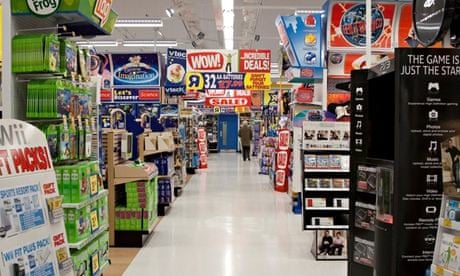There are many business benefits to knowing the origin of a product and understanding how raw materials are turned into finished goods. However, in reality few companies have access to detailed, accurate and verified information, and the return on investment for gaining this knowledge is poorly understood.
There can be thousands of global suppliers in complex value chains, but there may be no single department with responsibility for traceability. However, this can change. There are compelling business cases for companies to map their value chains.
Increased income
Information on the origin of products has been used to increase value for centuries. We only have to look at provenance in fine art objects, history of ownership in the second-hand car market or the plethora of food products from “protected origins”. As consumers demand to know more about the history of the items they buy, those that are unable to say, and verify their claims, will be left behind.
The global market for food traceability technology is predicted to grow by 8.7% annually for the rest of the decade and be worth $14.1bn by 2020. Other sectors are also starting to differentiate their products using provenance information. In 2009, a large US retailer launched a range of jewellery that was traceable back to mine. Customers were able to find the origin of the gold by simply entering a tracking number attached to their jewellery onto a website.
Decreased costs
Market price typically relates to availability. Traceable ingredients are rarer and therefore often more expensive. This difference may well disappear if traceability becomes the norm, however in the meantime there are savings to be had. If the value chain is properly understood, it’s possible to optimise the flow of materials throughout the system as a whole.
A major sporting retailer, for example, uses technology to manage a network of suppliers who are all working on products containing the same type of certified organic raw material. The retailer manages the flow and cost of materials between each organisation, and ensures that the finished goods really do contain the certified organic ingredient the label claims.
In the textiles industry, fabric is frequently dyed to a specific colour by a contracted dye-house. They receive undyed fabric from their customer and use an agreed dye recipe to produce the required tint. However, an identical dye recipe applied to the same specification fabric can produce variations in tint because yarn from a new source was used to make the fabric. Understanding when input materials change upstream can ensure better “right first time” rates in production. This is crucial when the cost of re-work can destroy any profit margin.
Control risks
There are a huge number of businesses that have suffered significant financial loss as a result of activities in their upstream supply-chain. The words horse meat have become common shorthand in boardrooms across Europe when attention needs to be focused on supply issues.
But the problem is generic and not limited to the food sector. Nike’s sweatshop labour issue, Mattel’s lead paint or B&Q’s FSC plywood are examples from other sectors. While corporate responsibility teams often understand what can adversely affect reputation, they generally do not have the tools to assess levels of corporate exposure, or to design mitigation strategies.
Because these risks are so widespread, there is a rise of legislative instruments to address them. Laws such as the EU Timber Regulation and the US Dodd-Frank Act now require affected businesses to obtain information about the original source of raw materials, even if the supplier may not be able to provide it.
The floods in Thailand in 2011 caused hard drive prices to double the following year as a number of large manufacturers were affected. The location of where the drives were manufactured was not previously understood by the downstream value chain. A similar issue occurred in textiles, with a dramatic rise in global cotton prices when the entire Pakistani crop was wiped out by flooding. Without knowledge of the upstream value chain it is not possible for businesses to evaluate supply risk or to create meaningful plans to mitigate it.
Knowing where products come from will be increasingly expected by customers, and with many business benefits to doing so, companies need to be mapping their value chains.
Tim Wilson is CEO and founder of Historic Futures Limited, an organisation that designs and develops systems to allow monitoring and control of materials and products in global value-chains.
Read more stories like this:
- Coconut water: how its popularity has affected the supply chain
- 11% of UK businesses say slavery in their supply chains is ‘likely’
- 4 tips for business to ensure ethical, slavery-free supply chains
- Advertisment feature: Fairtrade coffee enters a new era with Cafédirect
The supply chain hub is sponsored by the Fairtrade Foundation. All content is editorially independent except for pieces labelled advertisement feature. Find out more here.
Join the community of sustainability professionals and experts. Become a GSB member to get more stories like this direct to your inbox

Comments (…)
Sign in or create your Guardian account to join the discussion